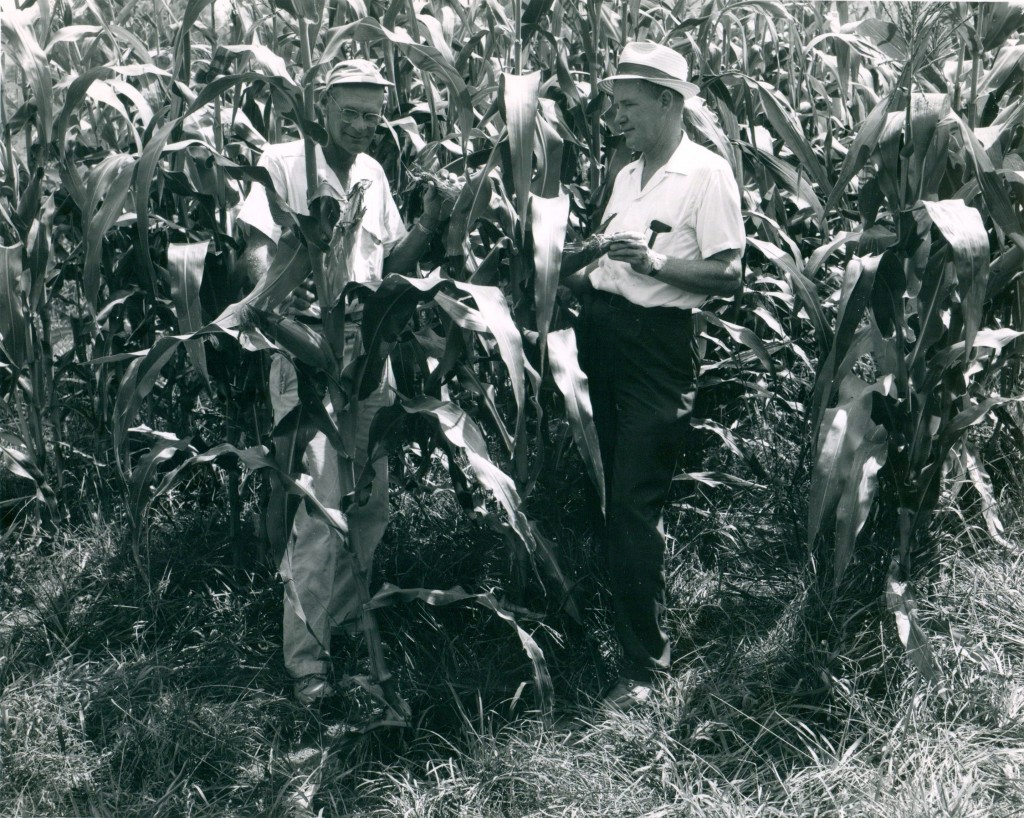NC Cooperative Extension Celebrates 100 Years
go.ncsu.edu/readext?301179
en Español / em Português
El inglés es el idioma de control de esta página. En la medida en que haya algún conflicto entre la traducción al inglés y la traducción, el inglés prevalece.
Al hacer clic en el enlace de traducción se activa un servicio de traducción gratuito para convertir la página al español. Al igual que con cualquier traducción por Internet, la conversión no es sensible al contexto y puede que no traduzca el texto en su significado original. NC State Extension no garantiza la exactitud del texto traducido. Por favor, tenga en cuenta que algunas aplicaciones y/o servicios pueden no funcionar como se espera cuando se traducen.
Português
Inglês é o idioma de controle desta página. Na medida que haja algum conflito entre o texto original em Inglês e a tradução, o Inglês prevalece.
Ao clicar no link de tradução, um serviço gratuito de tradução será ativado para converter a página para o Português. Como em qualquer tradução pela internet, a conversão não é sensivel ao contexto e pode não ocorrer a tradução para o significado orginal. O serviço de Extensão da Carolina do Norte (NC State Extension) não garante a exatidão do texto traduzido. Por favor, observe que algumas funções ou serviços podem não funcionar como esperado após a tradução.
English
English is the controlling language of this page. To the extent there is any conflict between the English text and the translation, English controls.
Clicking on the translation link activates a free translation service to convert the page to Spanish. As with any Internet translation, the conversion is not context-sensitive and may not translate the text to its original meaning. NC State Extension does not guarantee the accuracy of the translated text. Please note that some applications and/or services may not function as expected when translated.
Collapse ▲
(L – R) NCSU Extension Agent Donald Bunn, Laney Dehart (center) and Larry Mashburn discussing tomatoes.
In North Carolina and across the country, 2014 marked the 100th anniversary of Cooperative Extension programs. Extension’s centennial is linked to the signing of the federal Smith-Lever Act, which provided funds for life-changing educational programs.
Today, Cooperative Extension programs in North Carolina are based in all the state’s 100 counties and on the Qualla Boundary of the Eastern Band of the Cherokee Indians. These programs draw on research-based knowledge from the state’s land-grant universities — N.C. State University and N.C. Agricultural and Technical State University – to provide education to citizens.
Throughout the past 100 years and earlier, the organization now called North Carolina Cooperative Extension has served the state well – helping farmers overcome pests like the boll weevil and learn ways to increase crop yields, educating rural families and helping bring electricity to the state, assisting during times of war and disaster, helping families to provide safe, healthy meals and encouraging youth to develop skills that made them better citizens.
Today, Cooperative Extension continues this important role, serving communities and families, supporting agriculture and empowering youth to be leaders. Today, Extension agents help connect consumers with food produced in their communities, help families to embrace a healthy lifestyle and engage youth in science, technology, engineering and math studies.
In the early 1900s, leaders like I.O. Schaub and Jane S. McKimmon began programs for boys and girls that were the precursors to today’s 4-H youth development program. The same programs attracted the attention of rural parents who started asking for similar education programs of their own. At N.C. State University today, buildings are named for both McKimmon and Schaub.
Schaub was leader of the state’s Corn Clubs for boys. Corn Club members planted an acre of corn using scientific methods, and many would double or triple the corn yields of their fathers. Throughout the South, adult farmers began to request seed corn from these junior farmers, hoping to see similar results in their next crops.

July 1965 – P.S. Ferguson, farmer and R.L. Lyday, County Agent, viewing corn sod planted in 10-year old orchard bluegrass sod.
As Corn Club members began to earn their own spending money, girls also were looking for opportunities to earn spending money for clothing and school books. McKimmon became the first woman to lead the girls’ Tomato Clubs in North Carolina. McKimmon also helped establish the first Home Demonstration Clubs for women. In addition to learning basic skills for running a home, the clubs provided valuable service to their communities – feeding the sick during the 1918 flu pandemic, providing early hot lunches in schools, supporting the war effort through collection drives and by promoting Victory Gardens. North Carolina’s literacy efforts received an early boost when Home Demonstration Clubs brought bookmobiles, and later public libraries, to their communities.
Tomato Club members would cultivate tomatoes on 1/10 of an acre, and these young women would sell fresh tomatoes during the summer and preserve the surplus by canning for use year round. In the program’s first year, 416 girls canned nearly 80,000 jars of food. Mothers and daughters worked together on canning food, and soon the mothers asked for their own clubs.
The legacy of Cooperative Extension is its history of helping move North Carolina forward over the past 100+ years.




